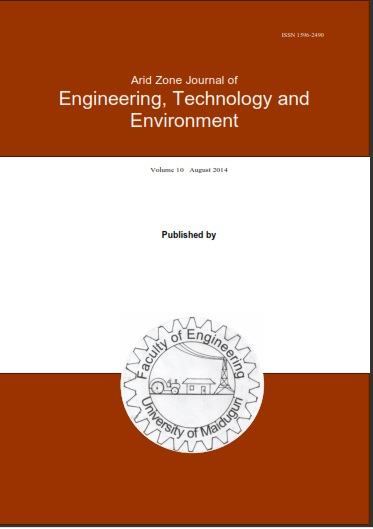Abstract
Dielectric properties determine how buildings attenuate communication signals. It is therefore an important factor in the propagation of signals. While building loss is an important parameter in link planning, it is often poorly characterized, and the data relating to the effect of building materials on propagation is either unavailable or poorly represented. In this paper, scattering parameters of typical urban buildings in Nigeria are measured to determine signal penetration loss for the frequency range of 800MHz to 3.2GHz. Building materials tested include reinforced concrete slabs, hollow sandcrete blocks, and prefabricated reinforced concrete slabs. The finishing of these materials ranged from burn bricks, rough paint, smooth paint, smooth wall tiles, smooth glassy tiles, to hardwood. The measurements were carried out using the oblique free-space measurement method. The dielectric properties of tested building materials were derived using the new non-iterative conversion method. Model equations that can predict scattering parameters and dielectric properties of a building given the test frequency and thickness of the building were also derived. Comparative analysis of the derived model with actual measurements showed an RMSE value ranging from 0.0192 to 0.2188. Results showed that the frequency of propagation, the thickness of the material under test (building wall), and building finishing affect the dielectric properties and contribute to the signal attenuation experienced in buildings. It was also seen that concrete structures had higher permittivity values hence they had difficulty with microwave signal penetration. Sandcrete blocks are therefore recommended for building walls in urban areas.

This work is licensed under a Creative Commons Attribution-NonCommercial-NoDerivatives 4.0 International License.
Copyright (c) 2024 Arid Zone Journal of Engineering Technology and Environment

